Car Won’t Start After Replacing Battery? (10 Causes)
A car that won’t start after replacing the battery can be caused by several issues. The battery terminals might be loose or corroded. This breaks the connection between the battery and the electrical system. Check that the cable clamps are tightly fastened to clean terminal posts. The alternator may not be charging the new battery. If the alternator is busted, your battery won’t get recharged while driving. The starter may be having trouble turning the engine over. Starters wear out over time. If it is not cranking hard enough, the engine does not get spinning fast enough to ignite. Inspect the starter to see if a replacement is needed. The engine itself might be seized up and unable to spin. No oil causes the metal parts to stick and jam. Attempting to manually rotate the crankshaft will let you feel if the engine internals are freely moving. A damaged key fob could be failing to communicate with the car computer. Electronic ignition systems rely on signals from the key fob.
Nothing’s more frustrating than turning the key and hearing nothing but silence from your car. You just replaced the old battery hoping it would get the engine humming again, but still no luck.
In this guide, we’ll walk you through some of the most common reasons a car won’t start even with a new battery and how to pinpoint the real culprit so you can get back on the road.
Causes Of Car Fails To Start With New Battery
Here are the causes of the car not starting despite battery replacement
- Bad alternator
- Loose battery connection
- Corroded Battery Connectors
- Faulty Starter
1. Loose Battery Terminals
Battery connections provide the vital link between the battery, load, and the charging system. If the connectors to the posts of the battery are loose or corroded, they can cause your car not to start.
Checking the connections of the battery should be your first step before moving further to inspect other parts of the car starting system.
A loose battery connection will not be able to supply the proper current. It will also create sparks on regular basis near a battery, resulting in the melting down of the battery post.
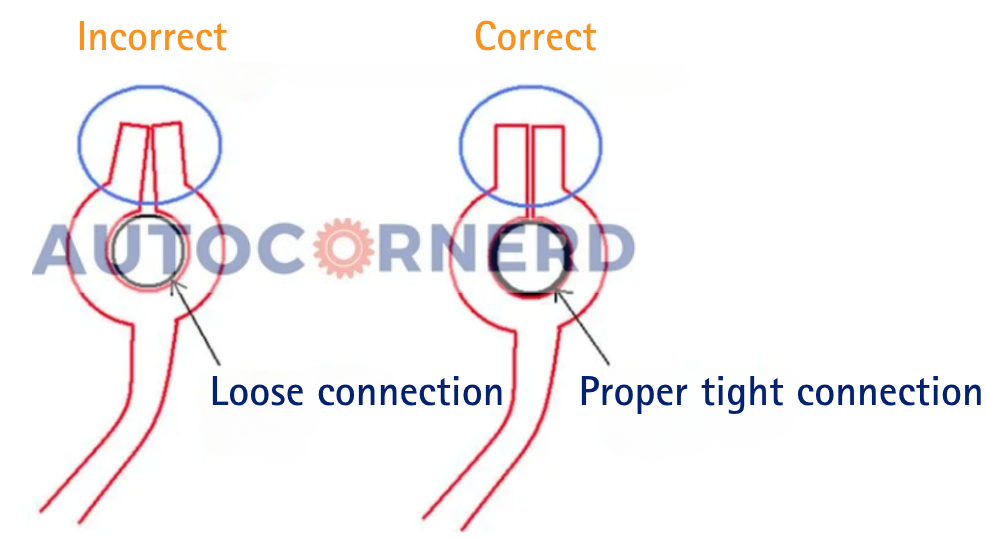
For loose battery terminals, make sure that the the nut of battery terminal is properly tightened with a wrench. Now, it depends on which type of terminal you have.
Each type of terminal requires certain torque values. It is usually mentioned in the specs of car battery terminals. Do not overtighten the battery terminals as it can cause a meltdown of the battery posts.
Also, make sure the battery terminal is fully seated against the post of the battery. I had this problem when I didn’t push the terminal down far enough over the post.
You can use a rubber mallet to lightly tap the battery terminal. If you hammer hard, it could damage the battery posts and cause internal leakage to the battery.
2. Corroded Battery Terminals Impeding Electric Current Flow and vehicle ignition
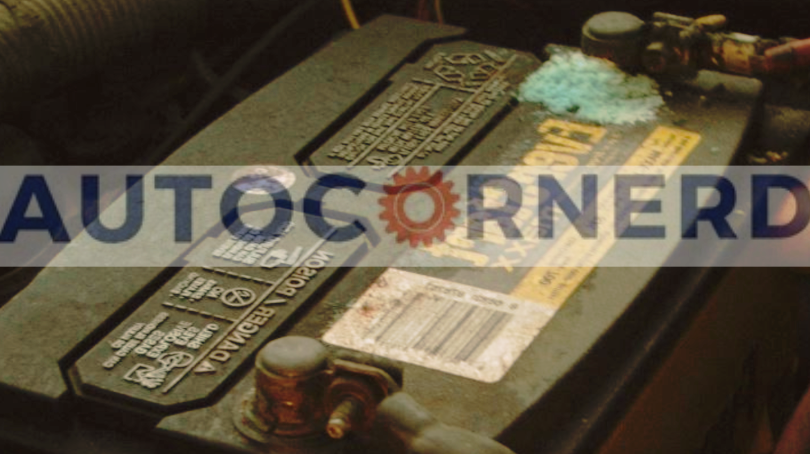
The terminals of a car battery corrode over time due to the acidity of the battery and the high voltage of the battery. As the terminals become corroded, they can no longer carry the voltage to generate the current that powers the car.
Battery terminals are basically electric connections, made of steel. If there is corrosion on the terminals, it will affect the resistance of the electrical connection which will result in poor current flow and a very high voltage drop.
When checking the terminals, you will need to remove the negative terminal first. The negative terminal of the battery shares ground with the car chassis, engine block, and other metal parts.
If you first remove the positive terminal of the battery, the chances of a spark are more if this terminal touches the body through the metal spanner or wrench, it will produce a big spark.
How to fix?
Keeping those battery terminals clean lets that engine turn over strong. Start by unhooking the cables from the posts. Take a sturdy wire brush and gently scrub the dirt and crud off the metal. Scrubbing gets rid of nasty gunk that makes trouble.
After scrubbing comes neutralizing. Mix up some baking soda and water to make a fizzy cleaning mix. Wiping this on the terminals bubbles up leftover acid from corrosion.
Before reattaching the battery cables, spread a thin layer of petroleum jelly on the posts. This keeps new corrosion from taking hold.
When putting the battery back together, attach the positive cable first. The red positive clip goes on before the black negative one. This order prevents accidental sparks while installing.
3. Damaged Battery (Evaluate Health Using Voltmeter)
Having issues starting your car? The culprit may be a faulty battery. Aftermarket and low-quality batteries often fail prematurely.
Luckily, testing your battery is easy. Simply attach a voltmeter to the battery posts. Have a friend try starting the engine while you watch the voltmeter readout.
If the voltage drops below 9 volts during cranking, that points to a dead or defective battery. A quality battery should stay above 9 volts even under heavy load.
This simple voltmeter test can quickly diagnose if your starting troubles are battery-related. Replace the battery if it’s showing excessive voltage drop. That should get you back on the road.
4. Damaged Battery Connections Preventing Current Delivery To Starter
In engines, current flows out of the battery in one direction via its positive terminal and back to it via its negative one.
The negative terminal of a car battery is grounded to the vehicle chassis, engine block, and other metal parts. The positive terminal of the battery is connected to the starter motor. Keep in mind that the positive terminal is red and the negative terminal is black.
Now, take a voltmeter. Connect one probe with the negative terminal of the battery and the other on the engine block or chassis.
If the connections are fine, there should be around 0.2v recorded on the voltmeter when trying to start an engine.
If you can see any voltage, it means battery ground connections are damaged. You should check your owner’s manual to find all grounded connections on your engine. You have to visually inspect them for any corrosion.
In some engines, there is also a ground strap connection between the car body and the engine. Its ends are usually mounted on the transmission and car body. If the ground strap is weak or torn in any way, it could also car not to start.
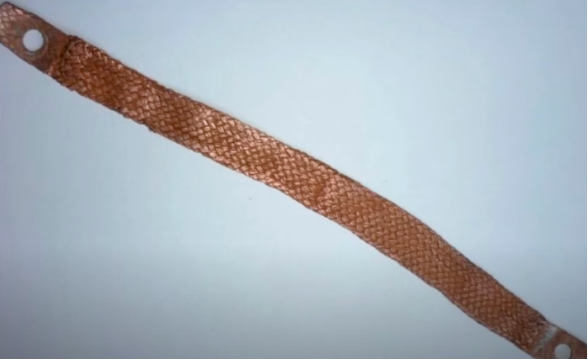
Now, repeat the test by connecting a probe of the voltmeter with the positive terminal of the battery and another probe with the solenoid terminal of the starter.
Ideally, there should be no voltage drop across the battery positive terminal and starter solenoid terminal i.e. there should be negligible resistance in the circuit. So, if the connections are good, the voltmeter will show a voltage of less than 0.2V.
Check out the below video for a better understanding:
5. Malfunctioning Alternator Not Replenishing Battery Charge For Restarting
A malfunctioning alternator can also cause your car not to start. You replaced the battery of your car because you thought that the battery of your car was damaged.
But, the chances are that the alternator has gone bad that is not charging your car anymore.
In engines, an alternator converts the mechanical energy of an engine into electrical energy. The alternator is just like a generator that is run by the crankshaft via a serpentine belt.
If you have just changed battery and alternator but your battery is not being charged, you can read my guide on that topic to learn more.
When you replaced your car battery, it might have run for a few minutes or hours. After that, you were not able to start the car. In that case, the chances are that alternator is not charging your car battery. When your car battery has fully drained, it won’t be able to start the car.
How to diagnose?
If you want to check the alternator, a quick diagnosis would be to jump-start the car. Then immediately remove the jumper cables with the car running. The car should remain running.
If the car dies out shortly after removing the cables, it means the battery is not being charged. A bad alternator can also cause cells in the battery to fail entirely, making the battery weak and it won’t ever fully charge.
Now, if it’s verified that the car is only starting for a while when the battery is jump-started, it means that the alternator might be bad.
For a proper test of the alternator, your engine should start. When you start the engine, the voltage across the terminals of the battery should be around 13.5V.
If the voltage of a battery is less than 12.7V while the engine is running, you should replace the alternator.
Before replacing the alternator, also check if the serpentine belt connected to the pulley of the alternator is damaged or not. If the serpentine belt is loose, it will not run the alternator properly.
6. Bad Starter
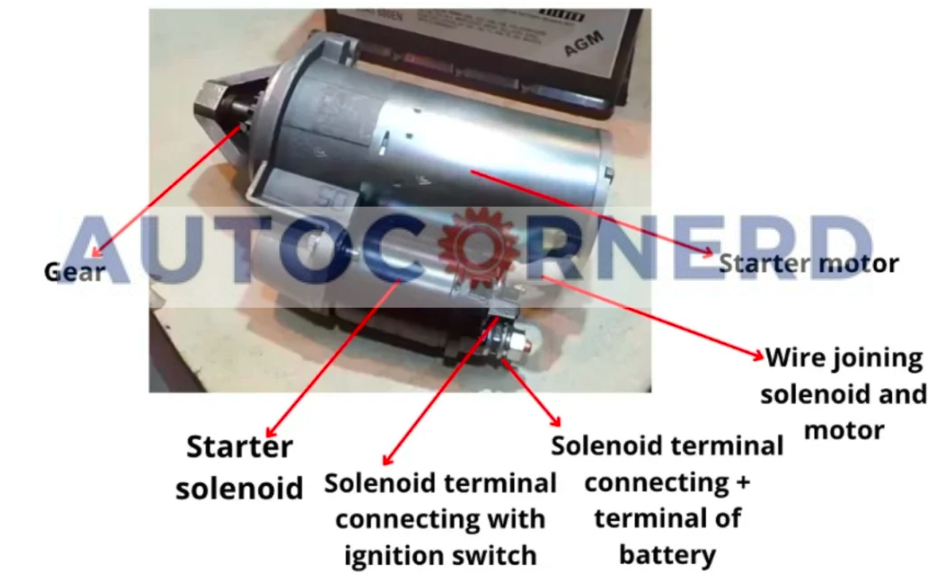
A car that won’t start could mean the starter has gone bad. You already replaced the battery since the car wasn’t starting. But it’s likely the starter itself needs attention.
The starter has a solenoid that gets energized when electricity flows through it from the battery to the ignition switch.
The solenoid is essentially a electromagnet. It only needs a tiny current to energize it.
When current passes through the solenoid coil, the magnetic field moves a plunger inside the starter, closing the copper electrical contacts and completing the circuit to turn the starter motor.
The contacts relay a much larger current through themselves to the starter motor.
If the dashboard lights come on but the car won’t start, it probably means the starter motor or ignition switch is bad.
If your car is making whirring noise but not starting, you should also read my guide on that topic.
How to diagnose?
The starter gets juice from your battery’s positive terminal. One thin wire goes to the starter solenoid. This wire snakes through the ignition switch first.
The other wire is thick and links the starter straight to the positive battery post.
Before you swap in a new starter motor, check both wires. Make sure the thin one hits the solenoid. Confirm the thick cable connects tight to the battery’s plus side. Proper power feeds are a must for smooth cranking.
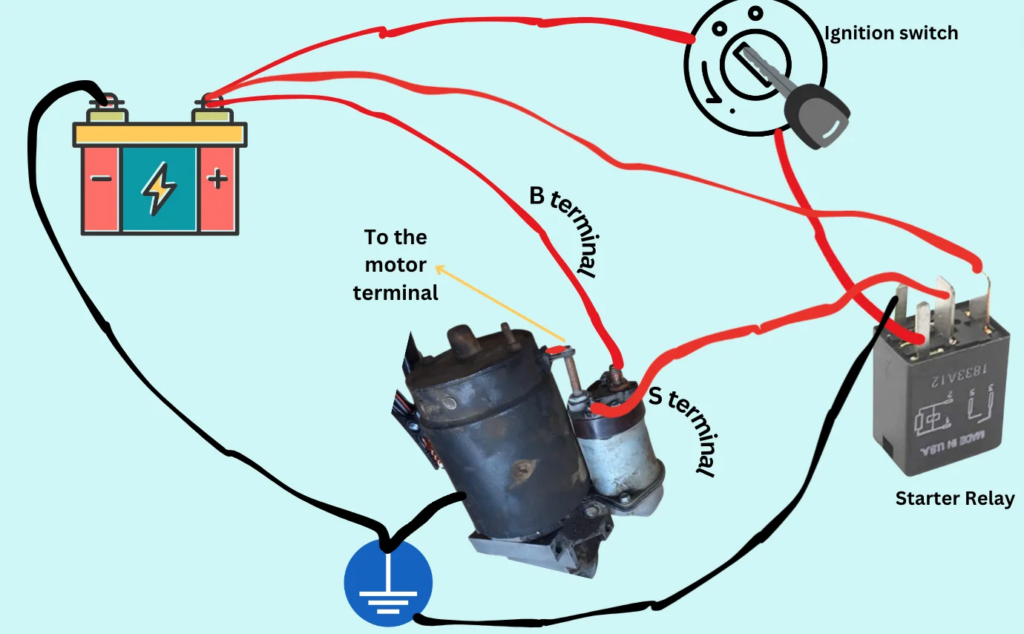
If the connections are fine, try to tap the starter repeatedly with a big wrench and see if the car starts or not.
Sometimes, the plunger inside the solenoid of the starter gets stuck. So, tapping a starter with a heavy hammer can help in driving the starter motor.
7. Seized Engine Obstructing Pistons From Rotating During Ignition
Smooth sliding of pistons up and down inside the cylinders allows normal engine operation. The connecting rods pass along the back-and-forth motion of the pistons to the spinning crankshaft.
A thin oil film coating the cylinder walls, rings, bearings, and other inner parts is essential. This oil layer stops metal-to-metal contact and friction. It also helps cool down the engine.
When an engine seizes up, the missing lubrication leads to too much friction and heat. Metal surfaces can weld together. The pistons get stuck and can’t move freely in the cylinders anymore.
The connecting rods may bend or break from the stress. Bearings can overheat and melt. Even the crankshaft itself may get stuck in place, unable to turn. This damage makes it impossible for the starter motor to crank up the engine to begin combustion.
How to test?
To test a seized engine, put a big wrench on a crankshaft pulley and try to rotate it. If it doesn’t rotate freely, it means the engine has seized.
8. Bad Fuel Pump Not Properly Priming and Inhibiting Fuel Delivery To Combustion Chambers
A bad fuel pump may also prevent your car from starting if it fails to pump a certain amount of fuel out of the tank.
Open the gas cap door. Try listening for the fuel pump as someone turns on ignition.
When the key hits on, the pump runs briefly, building pressure. The whirring sound of the pump inside the tank is audible if you take off the cap.
If no sound, first check the fuse and wiring of the pump.
In my guide on common problems after changing fuel pump, I have explained in how many ways a fuel pump can fail.
9. Bad Fuel Injectors Not Having Optimium Fuel Injection Pattern
If your car has been sitting idle for a longer time, the chances are that fuel injectors become clogged and are not injecting the fuel.
So, you also have to check if the fuel injectors are injecting the fuel properly. You can check my guide on car won’t start after replacing the fuel injector. I have discussed the whole procedure there.
10. Damaged Key Fob Having Improper Communication Between Immobilizer Chip and Transceiver
In cars like Mercedes, a damaged key fob can also cause the car not to start when you try to replace the car battery.
There are chances that you tried to jump-start the battery to start the car when the key was in the ignition.
This might have ruined the communication module of the key. In such a case, you will have to get a new key fob.
Final Thoughts About Car Not Starting After Changing Battery
A car that is not starting after battery replacement after a new battery can be super frustrating. But don’t worry, there are some common reasons why this happens and ways to get your car going again.
First, take a close look at the battery terminals. If they’re loose or corroded, cleaning and tightening them can get your engine turning over.
If that doesn’t work, the new battery itself may be faulty. Rare, but it happens. Swap it out for another fresh battery.
Starters wear out over time, so yours could just be ready for retirement. Testing the starter will let you know if it needs to be replaced.
Sometimes an engine can seize up from lack of oil changes or sludge buildup. Trying to turn over a seized motor is tough, even for a good battery. Inspecting the engine can reveal if this is the culprit.
The fuel system could also be the troublemaker. The fuel pump may not be sending gas to the injectors like it should. Cleaning the fuel system can get fuel flowing properly again.
Some First Hand Experiences Shared By Users In Different Communities
Our team conducted research across various online communities, forums, and subreddits to gather user comments and opinions on “Car not starting after changing battery”.
User 1 says:
Had an issue with my F-150. Changed the battery, but it wouldn’t start. I checked the connections several times. Finally, realized the new battery was defective. Exchanged it, and the truck’s back to normal.
User 2:
Changed my BMW’s battery, but it wouldn’t start afterward. Got a warning light on the dash. Did some digging online and found out I needed to register the new battery with the car’s computer system. Did that, and it worked perfectly.
User 3:
Changed the battery in my Miata, and it wouldn’t start. Tried jump-starting, no luck. Took it to a mechanic who found that the ignition switch was faulty.
User 4:
Had a baffling issue with my Forester. Replaced the battery, but it wouldn’t start. Turned out to be a corroded wire in the ignition system. A bit of cleaning and some electrical tape, and it’s been fine since.
User 5:
Changed the battery in my Ram, and it wouldn’t start – just dead. Found out the ignition fuse had blown. Replaced the fuse, and it started up like a charm.
How Did You Fix Your Issue Of Car Not Starting After Changing Battery? Please Vote.
[yop_poll id=”10″]
